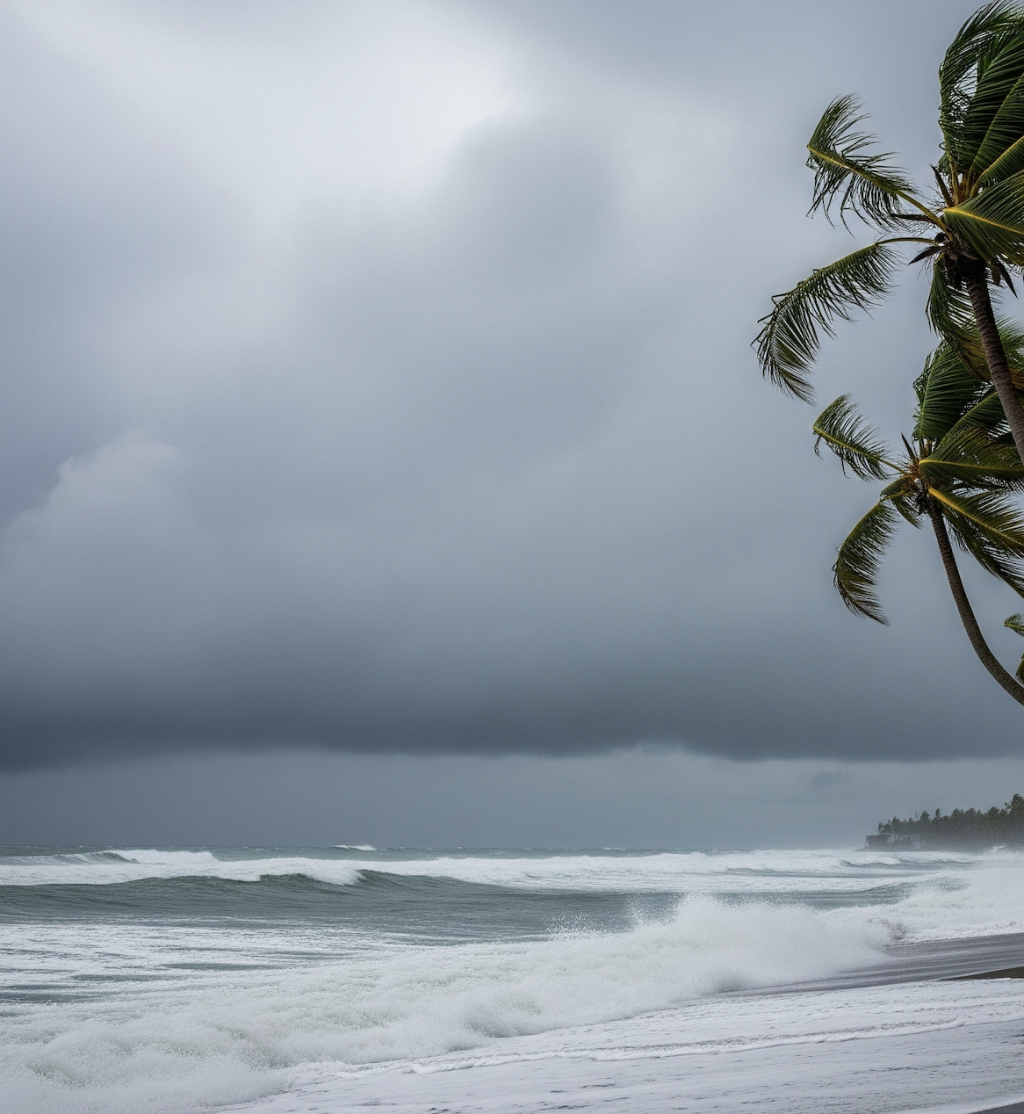
Just days into the 2025 Atlantic hurricane season, Tropical Depression Two formed over the Bay of Campeche and immediately unleashed torrential downpours across eastern Mexico. The system—poised to be named Tropical Storm Barry—generated intense thunderstorms that produced 76–152 mm (3–6 inches) of rain in 24 hours, with isolated maxima approaching 254 mm (10 inches) across Veracruz, San Luis Potosí and Tamaulipas between June 28th and 29th. Such deluges overwhelmed drainage networks and sent torrents racing down steep hillsides, turning normally placid streams into flash-flood hazards. Multiple rivers, including the Pánuco and Tecolutla, rose rapidly, prompting authorities to issue urgent flash-flood alerts and conduct emergency rescues of motorists trapped by rising waters. In many towns, residents reported waking to streets turned into rivers within hours of the first lightning strikes.
Communities along the Gulf Coast saw roads washed out and hundreds of homes inundated in mere hours. In Veracruz state alone, officials documented dozens of blocked highways, collapsed culverts, and power outages affecting over 10,000 households. Elementary schools in Tampico and Ciudad Madero were converted into temporary shelters after entire neighborhoods in low-lying barrios were evacuated. The Mexican Navy and National Guard deployed vessels to ferry stranded residents and deliver bottled water and emergency rations to isolated hamlets perched on the Sierra Madre foothills. Local health authorities warned of potential waterborne disease outbreaks in the storm’s aftermath, urging everyone to boil drinking water before use.
The ferocity of these rains becomes clearer when compared to climatological norms. Coastal and mountainous areas of eastern Mexico typically receive 300–330 mm (12–13 inches) of rainfall during the entire month of June. Yet Depression Two’s 254 mm (10 inches) in 24 hours amounted to nearly 80 percent of a normal June total, illustrating how a single tropical system can concentrate a month’s precipitation into one day. For communities accustomed to brief afternoon showers during the wet season, the sheer volume and persistence of this early storm were unprecedented and caught many unprepared for such rapid flooding. The urgent water rescues and infrastructure damage underscore how destructive even a weak tropical system can be when rainfall rates far exceed design capacities.
Despite its dramatic rainfall, Tropical Depression Two is unlikely to strengthen significantly before landfall. Forecasts from the National Hurricane Center note that, given its lack of organized circulation and only a brief stint over warm waters, “significant strengthening seems highly unlikely,” and the system is expected to dissipate over eastern Mexico’s rugged terrain by Monday. While it may briefly attain minimal tropical-storm status, moderate wind shear and the mountainous inland topography will quickly sap its energy. This rapid decay should spare the coast from hurricane-force winds, but it does little to lessen the flood threat as swollen rivers continue to pour into downstream communities. Emergency management teams remain focused on flood mitigation rather than wind damage.
The storm’s early formation—emerging just four weeks after the official June 1st start of hurricane season—underscores a trend of increasingly active early seasons. NOAA’s seasonal outlook, issued in late May, assigns a 60 percent chance of an above-normal 2025 Atlantic hurricane season, fueled by elevated Gulf of Mexico and tropical Atlantic sea-surface temperatures. As of mid-May, SST anomalies in the western Main Development Region and the Gulf of Mexico ran more than 1.5 °C above the 1991–2020 average, providing ample thermal energy for storm development. Extended analyses also show localized Gulf SSTs peaking near 31 °C, nearly 2 °C above typical June readings, further highlighting the abnormally warm oceanic fuel available this season.
For Gulf Coast residents, the takeaway is clear: even a weak tropical system can unleash deadly floods far from the shoreline. In the coming days, the remnants of Depression Two will continue to drench the Sierra Madre Oriental foothills, where landslide risks remain acute. With the bulk of hurricane season still weeks away, local authorities are urging vigilance—clearing storm drains, reinforcing riverbanks, and avoiding travel on flood-prone roads. As summer deepens toward its climatological peak in August and September, these preparations may prove crucial in mitigating the impacts of what could become an unusually vigorous hurricane season.


























